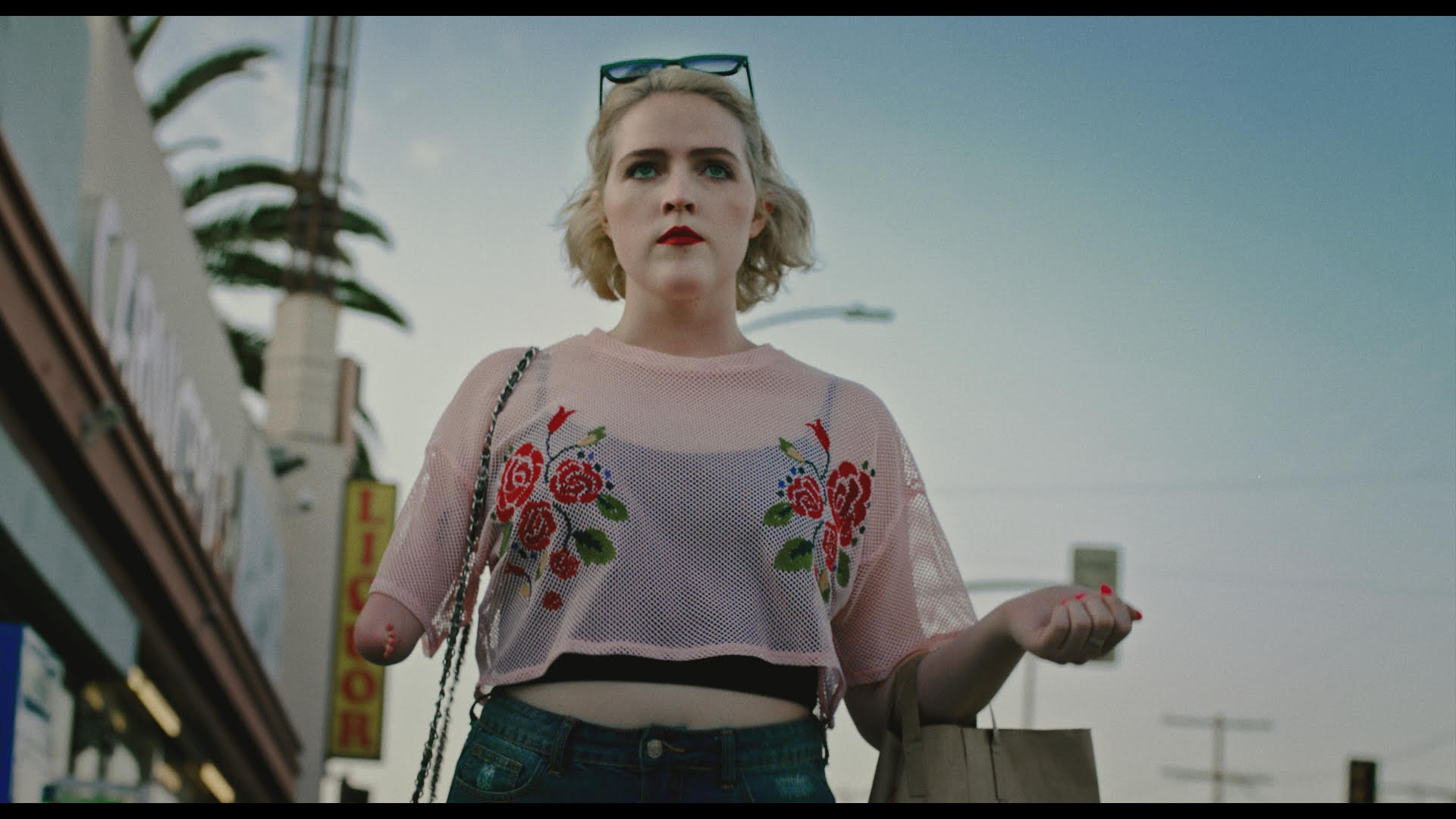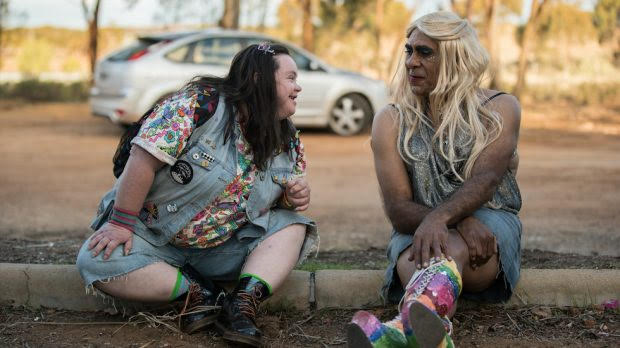In this blog post Keagan Stoyles, Facing History and Ourselves Program Intern, and Shira Wolch, Education Coordinator for ReelAbilities Film Festival Toronto, discuss the importance of understanding the models of disability and accommodations that are made for certain students, but benefit all.
Why do we learn about Models of Disability?
These theoretical frameworks allow disability activists a lens to identify barriers to inclusion and accessibility in society. Examining the different models of disability provides insight to the conceptions and attitudes towards the disabled community. For this reason, they are crucial guides on the roadmap to a more inclusive classroom where the needs of all learners are met! By understanding the models of disability, teachers can use these models as a framework to curate classroom discussions, materials, and lessons that acknowledge the multi-faceted identities and experiences of disabled individuals.

There are two distinct Models of Disability that offer insight on how society views disabilities:
- the Medical Model
- and the Social Model.
What are the models of disability in a nutshell?
- Social Model: Society creates the problem. Let’s make things more accessible.
- The Social Model of disability proposes that disability is caused by the way society is organized, rather than by the individual person’s impairment.
- This model calls for the collective action of a society to make modifications to the environment in order to make room for people with disabilities to participate fully in all areas of society (Grover).
- For example, in a classroom, if a student is unable to see the board, the Social Model would suggest that the teacher adjust the size of the font to make the text visible. In other words, adjusting the environment to meet the needs of the individual so that they can participate fully!
- Medical Model: Disability is the problem. Let’s solve it.
- The Medical Model of disability points to an individual’s impairment as the source of the disability, and was historically the main way of perceiving disability.
- This model focuses on what should be “fixed” to eliminate the impairment by way of medical treatment and intervention.
- The Medical Model believes that an ideal society should invest in resources, health care, and related services to improve quality of life for individuals with disabilities.
- The Medical Model often overlooks the value and richness that disabled communities bring to society and forgoes the responsibility of the rest of society to adjust to make room for these voices. For this reason, the Medical Model of disability is often rejected by disabled rights activists (Goering).
 Screenshot from Single Still, a film part of the ReelAbilities Film Festival
Screenshot from Single Still, a film part of the ReelAbilities Film Festival
Finding a balance between these two models is key. To be sure, as the Social Model outlines, it is the collective responsibility of society to modify the environment in order to make room for people with disabilities. Similarly, the Medical Model can be useful when used to underline the importance of investing in resources and health care for individuals living with disabilities, rather than a way of justifying ableist views that disabilities are a “problem” that needs to be “fixed”. We as educators must lean into the Social Model and reaffirm our students’ identities. It is important to acknowledge and appreciate thriving disability culture and community in our classrooms, and to use these models to disrupt stereotypical and thus, limiting conceptions about disabilities.
 Screenshot from Sparkles, a film part of the ReelAbilities Film Festival
Screenshot from Sparkles, a film part of the ReelAbilities Film Festival
What this looks like in the classroom:
- How is language shaped by these models?
- Language is power and, as teachers, the way we talk about disabilities to our students can greatly influence their perception of disabilities. Being intentional about the language we use to discuss disability, inclusion, and exclusion, is about challenging the stereotypical ways disabilities are represented in society. When we talk about disabilities in a negative manner, as something that burdens disabled individuals, we diminish disabled people’s claims to productive and fulfilling lives. For example:
- Instead of saying “Amal suffers from Deafness” → try saying “Amal is Deaf”. Disabilities should not be seen as tragedies. By re-framing the statement, you are treating the disability as simply one of many parts of the individual’s identity.
- Instead of saying “Kana is wheelchair bound” → try saying “Kana uses a wheelchair”. Using the word “bound” carries the feeling of confinement and restrictions. Consider the mobility and freedom that wheelchairs can provide, and refrain from associating the use of any mobility or assistive device with negative connotations.
For more resources on disability advocacy, check out these great Instagram accounts @Sitting_Pretty, @Walking.on.wheels, and @shameandresistance for great discussions and insights on disability activism.
 Screenshot from Illustrating Sam Newton, a film part of the ReelAbilities Film Festival
Screenshot from Illustrating Sam Newton, a film part of the ReelAbilities Film Festival
Accommodations are made for certain students, but benefit all
Universal Design for Learning (UDL) suggests that accommodations made to meet one student where they are, can actually unknowingly benefit all learners in your classroom. Disabilities and learning needs exist on a sliding scale, and there are a variety of factors that might impact what we actually know about a student’s individual needs. By taking the time to make a few important and simple accommodations, you are making your classroom a more welcoming space for all who enter it. Here are some suggested steps below:
1. Student Choice
- When it comes to assessment, offering students multiple ways to express their learning will help play to their individual strengths, regardless of ability. Instead of an essay at the end of every unit, consider the different multimodal ways you can offer to students to show what they know and meet those assessment targets. Plus, assignments where students have options and choices are way more fun to mark!
2. Assistive Technology
- Assistive Tech isn’t just for our students with IEPs. Google ReadWrite offers an array of accessibility-friendly options in their Chrome-extension toolbar, including “text to speech”, the option to highlight text, and a “simplify” button that removes distracting pictures, ads, and unnecessary points from an article to help students get down to the bare bones needed for distraction-free textual analysis!
3. Post Everything!
- Offering students a way to refer back to classroom materials or to follow along with slideshows on their own personal devices can help with visual impairments, but can also assist the executive functioning of all of our students. Consider posting verbal and written instructions for assignments in your digital classroom space for students' reference.
These three strategies can be implemented in our classrooms immediately, and will make learning accessible to all of our students, whether they have an IEP or not. As educators, it is our responsibility to empower and acknowledge the individual identities of all of our students, to lead to a more inclusive classroom environment!
What are some of your favourite strategies/tools? Share them with @FacingHistory on Twitter or Instagram!
.png?width=331&name=unnamed%20(10).png)

